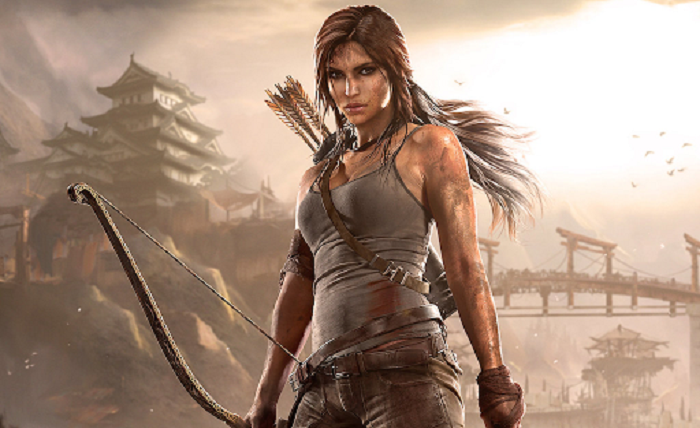Gamers Unite: Crossover Casino Games with Video Game Icons

The line between gaming and gambling has blurred in recent years, and nowhere is this more obvious than in the rise of crossover casino titles. Slot machines and online tables now feature characters that once defined living room consoles. Lara Croft, for instance, made the jump from raiding tombs to spinning reels in Tomb Raider Slots, one of Microgaming’s enduring hits. Sega’s Sonic the Hedgehog has also appeared in slot adaptations, though often in unofficial or region-specific versions.
For casino operators, these familiar faces aren’t just window dressing—they’re strategic hooks. Nostalgia draws in players who might never otherwise open a gambling app. For gamers, it offers a different thrill: the chance to interact with their favorite icons in a new arena. In regions where gambling apps flourish, including Asia, crossover titles have been a popular addition. Online casino reviews for Singaporean players (专为新加坡玩家打造的线上赌场评测) frequently highlight such adaptations as proof that the industry is no longer content with generic fruit machines or card tables.
How video game mechanics have influenced slots and table games
The cross-pollination doesn’t stop at characters. Mechanics from video games have seeped into the DNA of modern casino offerings. Traditional one-armed bandits gave way to digital slots with levels, storylines, and achievement systems—elements borrowed directly from console gaming.
Developers have recognized that repetition alone can’t sustain attention. Today’s slot reels often feature:
- Progression systems: unlockable content and bonus rounds designed to mimic role-playing games.
- Skill-based mini-games: where reflexes or decision-making influence bonus outcomes, echoing arcade classics.
- Narrative framing: instead of simple spins, players advance through themed missions tied to a franchise.
Even table games have taken inspiration. Blackjack variants now include “power-up” mechanics, rewarding players with boosts similar to items in fighting games. These innovations are controversial—critics argue they blur the line between skill and chance—but they undeniably reflect the gaming industry’s influence.
Why these crossovers attract both gamers and casino enthusiasts
At first glance, gamers and gamblers seem like separate tribes. One values skill, story, and progression; the other, odds and payouts. But crossovers bridge the divide by appealing to shared motivations: excitement, reward, and identity.
For gamers, the appeal lies in familiarity. Sitting down to a Lara Croft slot feels less foreign than staring at a row of cherries and sevens. For gamblers, the cinematic animations and interactive mechanics offer a refreshing alternative to traditional tables. These games also capitalize on community identity—players can bond over their shared affection for franchises that defined childhood or adolescence.
From a business perspective, crossover titles also serve as on-ramps. Younger demographics, raised on consoles, may not immediately gravitate toward classic casino design. But when they see a slot machine wrapped in the skin of Street Fighter or Resident Evil, the threshold feels lower. It’s not just gambling—it’s gaming in a new format.

Licensing agreements in video game and casino collaborations
Behind every crossover lies a dense web of licensing negotiations. Publishers like Square Enix or Capcom fiercely protect their intellectual property, making casino partnerships both costly and selective. Operators must not only pay hefty fees but also ensure games reflect the spirit of the franchise without veering into exploitation.
The stakes are high. A poorly executed adaptation risks alienating both gamers and regulators. Conversely, a successful deal can create a long-lasting revenue stream for publishers and casinos alike. Ubisoft’s licensing of Assassin’s Creed to themed slot developers, for instance, brought fresh life to the franchise between major console releases.
Still, licensing in the gambling world remains controversial. Some argue it exposes beloved characters to associations with risk and addiction. Regulators in Europe, in particular, scrutinize these collaborations closely, ensuring they don’t market to underage fans of the original games.
Wishlist: Video game franchises that would thrive in the casino world
If the current wave of crossovers is any indication, the next decade promises even bolder experiments. Some franchises practically beg for a casino adaptation. Imagine:
- Mario Kart Slots: reels spin through Mushroom Kingdom tracks, with bonus rounds as high-speed races.
- The Legend of Zelda: Quest for Jackpots: dungeon exploration reimagined as progressive slot levels.
- Fortnite Roulette: brightly colored wheels, seasonal themes, and community-driven prize pools.
These concepts aren’t far-fetched. As casinos chase younger audiences, the incentive to reimagine global franchises in gambling form grows stronger. The risk, of course, is saturation—if every beloved series ends up on a slot machine, backlash may follow.
Still, the appetite is clear. For better or worse, the convergence of gaming and gambling has moved from novelty to strategy. And as players continue to demand familiar worlds with higher stakes, expect even more icons to leap from console to casino.




